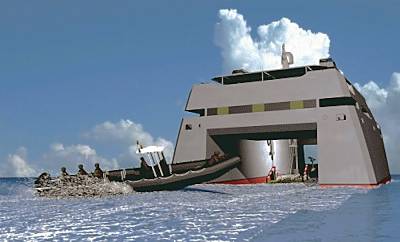ABERDEEN PROVING GROUND, Md., March 9, 2011 — A new network that promotes information and intelligence sharing among coalition partners in Afghanistan is improving situational awareness and laying a foundation for future coalition operations, an official involved in standing up the network said.
The Afghan Mission Network, slated to reach full operational capability this summer, gives the United States and 45 partners in the NATO-led International Security Assistance Force the opportunity to link up over a common mission network, Richard Wittstruck, chief engineer for the Army’s Program Executive Office – Intelligence, Electronic Warfare and Sensors, told American Forces Press Service.
That’s a first for the alliance, he explained, enabling members to share mission-related data that previously had been restricted to their individual secure networks.
Army Gen. Stanley A. McChrystal, former commander of U.S. and ISAF forces in Afghanistan, and U.S. Central Command headquarters pressed for the common network to better manage command and control and share intelligence, surveillance and reconnaissance information, Wittstruck said.
When it reached initial operating capability last summer, the network was typically used to enable coalition partners to share calendars, meeting announcements and other administrative details and to interface through chat rooms and “whiteboarding” sessions.
But as the United States began posting operational information, including data from its intelligence, surveillance and reconnaissance sources, Wittstruck said, coalition partners began following its lead.
“People began sharing things they had never shared before,” he said. “Now, everyone sits back and says ‘Wow, look at what we didn’t know about the complete picture. Now look at how much better we all are in doing this.”
This new collaboration gave battlefield commanders an unprecedented level of situational awareness. “If I’m a commander on the ground, I want to know everything that is going on in my area of responsibility,” Wittstruck said. “I would like access to what everybody has collected in that area of responsibility and get a complete picture of the threat.”
But getting the U.S. framework in place to support the network took a herculean effort by Wittstruck’s organization as well as Program Executive Office Command, Control and Communications – Tactical.
Immediately after receiving the requirement, engineers deployed to Afghanistan and Qatar to work through the technical challenges of standing up the U.S. component of the Afghan Mission Network, called the Combined Enterprise Regional Information Exchange System ISAF, or CX‑I.
Unlike the Secret Internet Protocol Router network, or SIPERNET, that by law is restricted to U.S. users, the CX‑I provided a forum for sharing mission-critical information.
Anxious to get the new system going, McChrystal ordered the migration of mission-critical data to the new CX‑I system in January 2010, also designating that the first Army unit, the Army’s 2nd Stryker Cavalry Regiment, be fielded with the new network equipment that spring.
Within four weeks, the team had engineered, procured, fielded, configured and installed all the necessary equipment. Much of it was configured using commercial, off-the-shelf components already in the inventory, saving $10 million at the first unit alone.
The team’s rapid response in filling the gap in electronic data-sharing earned them the prestigious 2010 David Packard Excellence in Acquisition Award.
Gratifying as the award may be, Wittstruck said, the bigger reward is recognizing the new capabilities the network brings warfighters on the ground. As it supports them, the Afghan Mission Network will have an impact on future coalition missions that lasts long past the mission in Afghanistan, he said.
“We think it is going to be the point of departure for future operations,” Wittstruck said. “You will be able to scratch out ‘Afghan’ and just say ‘X’ Mission Network. And wherever we go next in a coalition campaign, something like that will probably stand up.
“It’s a fundamental change in the way we conduct operations, and we’re very proud of that,” he said.
Source:
U.S. Department of Defense
Office of the Assistant Secretary of Defense (Public Affairs)

 von
von 